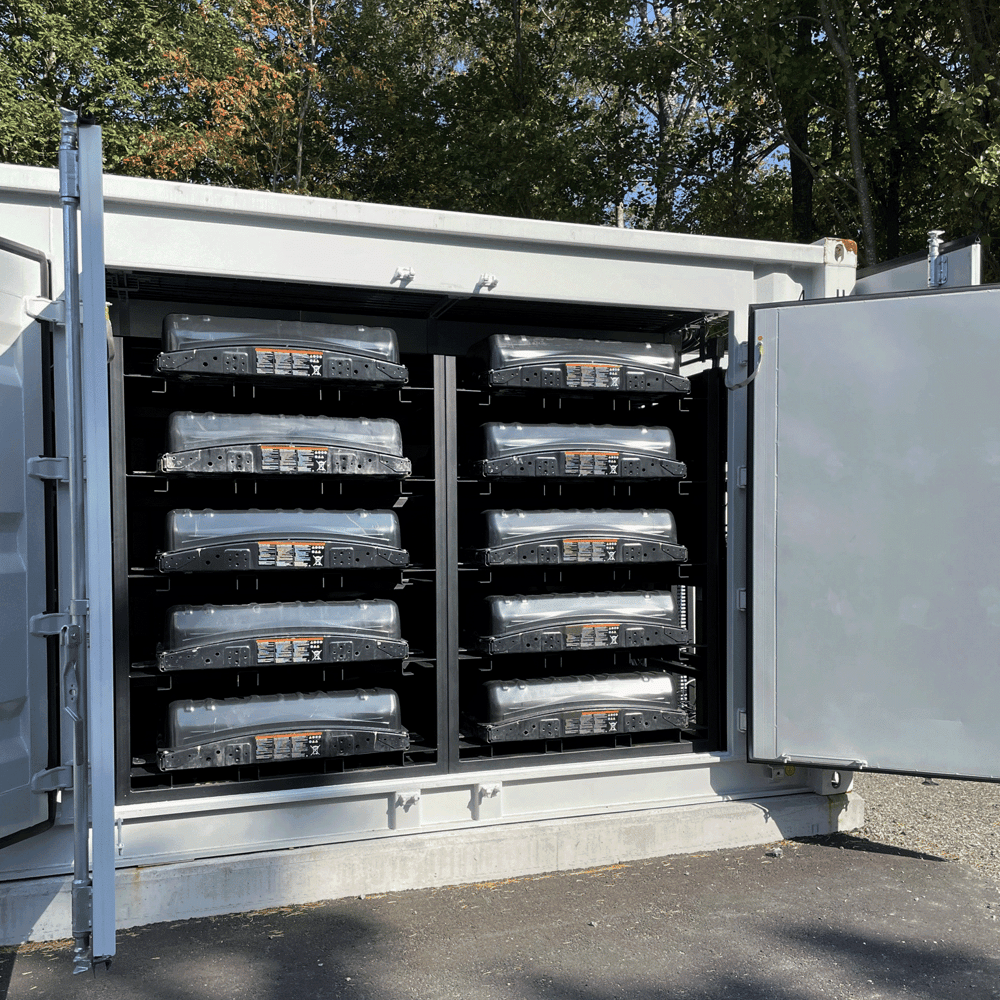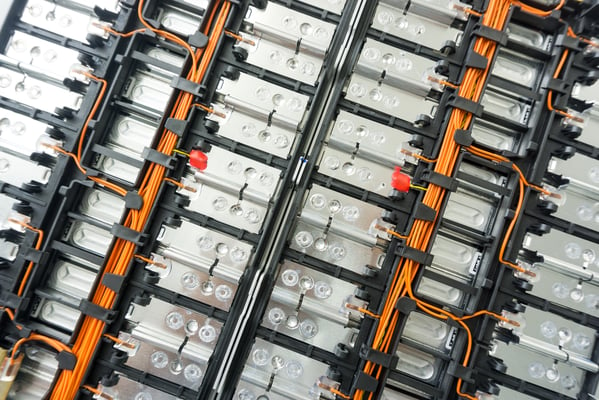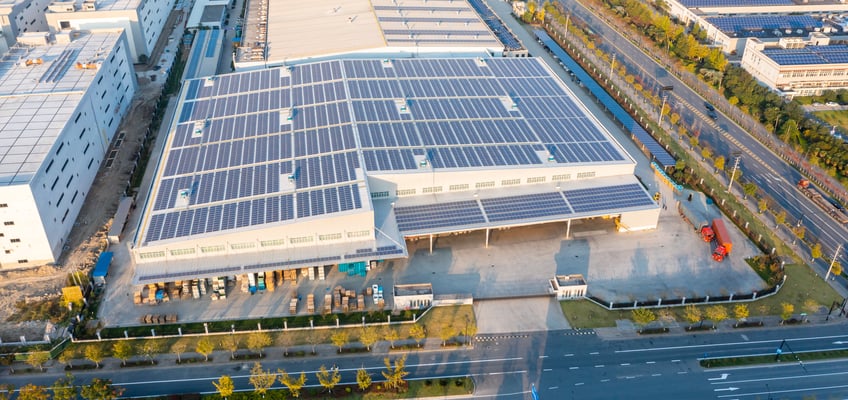
BESS - Battery Energy Storage Systems in Use Today
ECO STOR
24. august 2023,
3
minute read
What is a BESS and How Does It Work?
Battery Energy Storage Systems (BESS) have emerged as a cutting-edge technology in the energy sector, revolutionizing the way we store and utilize electrical power. A BESS is a large-scale battery system that is often delivered in containers for ease of deployment and flexibility. These systems are designed to store excess energy generated during periods of low demand and release it when demand is high or during power outages.
A typical BESS consists of three main components: the battery cells, a power conversion system, and a control system.
The battery cells are the heart of the system, where electrical energy is stored in chemical form. The power conversion system regulates the flow of energy between the battery and the grid, ensuring efficient charging and discharging. The control system manages the overall operation of the BESS, constantly monitoring energy flow and making real-time adjustments to optimize performance.
Backup Power - Ensuring Uninterrupted Energy Supply
One of the most significant advantages of BESS is its ability to provide backup power during emergencies. When a power outage occurs, a BESS can swiftly detect the disruption and seamlessly switch to supplying stored energy to critical loads. This rapid response ensures uninterrupted energy supply to vital facilities such as hospitals, data centers, and emergency services, enhancing community resilience and safety.
During normal operation, a BESS remains connected to the grid, charging when demand is low and discharging during peak periods. This continuous cycle of charging and discharging helps to stabilize the grid and maintain a steady power supply. In the event of a grid failure, the BESS acts as a reliable backup, minimizing the impact of blackouts and improving overall grid reliability.
Peak Shaving - Balancing Energy Demand
Energy demand fluctuates throughout the day, with peak periods exerting immense pressure on the grid. During these peak hours, traditional power plants are often required to ramp up their output to meet the soaring energy demand. However, BESS can play a crucial role in peak shaving and balancing energy demand.
When demand is low, the excess electricity is stored in the BESS. As demand starts to rise during peak hours, the BESS releases the stored energy to supplement the grid's power supply. By providing additional power during peak periods, BESS reduces the strain on conventional power sources and helps avoid costly and environmentally damaging power plants.
Enhancing Grid Capacity for Renewables
As the world embraces renewable energy sources like solar and wind, integrating them into the grid presents new challenges. Unlike traditional fossil fuel power plants, renewable energy generation is often intermittent and unpredictable. This intermittency can create imbalances in the grid's supply and demand.
BESS addresses this challenge by serving as a buffer for renewable energy. During times of excess generation from renewables, such as sunny or windy days, the surplus energy is stored in the BESS. When renewable energy output is low, the BESS can release the stored energy to compensate for the shortfall, ensuring a stable and reliable energy supply.
Moreover, BESS enables grid operators to optimize the use of renewable energy by storing excess generation during off-peak hours and discharging it during peak demand. This not only reduces reliance on fossil fuel-based power plants but also maximizes the utilization of clean and sustainable energy sources.
Smart Grid Integration - The Future of Energy Management
The concept of a smart grid has gained traction in recent years, promising a more efficient and resilient energy management system. A smart grid leverages advanced technologies and communication systems to monitor energy consumption in real-time, enabling dynamic adjustments to energy distribution and demand.
BESS plays a crucial role in the development and implementation of a smart grid. Its ability to store and discharge electricity on-demand aligns perfectly with the smart grid's objectives of demand response and load management. During periods of high energy demand, the smart grid can call upon the BESS to release stored energy, reducing strain on the grid and ensuring stable power delivery.
Furthermore, a smart grid with BESS integration allows consumers to actively participate in energy management. Through smart meters and mobile apps, users can monitor their energy consumption and choose to use stored energy during peak hours when electricity rates are typically higher. This level of consumer engagement encourages energy efficiency and contributes to overall grid stability.
The Grid of Tomorrow - Harnessing the Power of BESS
As the world moves towards a greener and more sustainable energy future, BESS is set to become an indispensable asset for energy providers and consumers alike. The advancements in battery technology, along with increasing support for renewable energy integration, have made BESS an economically viable and environmentally friendly solution.
Looking ahead, we can expect BESS to continue evolving, becoming more efficient, and cost-effective. The ongoing research and development in battery materials and technologies will likely lead to improved energy storage capabilities and longer battery lifespans.
Moreover, as the adoption of renewable energy sources grows, the demand for BESS will surge. Energy providers will increasingly recognize the value of BESS in smoothing out renewable energy fluctuations, reducing carbon emissions, and building a resilient and robust energy infrastructure.
In conclusion, Battery Energy Storage Systems (BESS) have emerged as a transformative technology in the energy landscape. Their ability to provide backup power, support peak shaving, enhance grid capacity for renewables, and integrate seamlessly with smart grid initiatives positions them at the forefront of energy management solutions. As the world embraces a more sustainable and resilient energy future, BESS is set to play a vital role in shaping a greener tomorrow. Its potential to revolutionize the grid and support the transition to cleaner energy sources makes BESS a key player in creating a more sustainable and reliable energy ecosystem.




